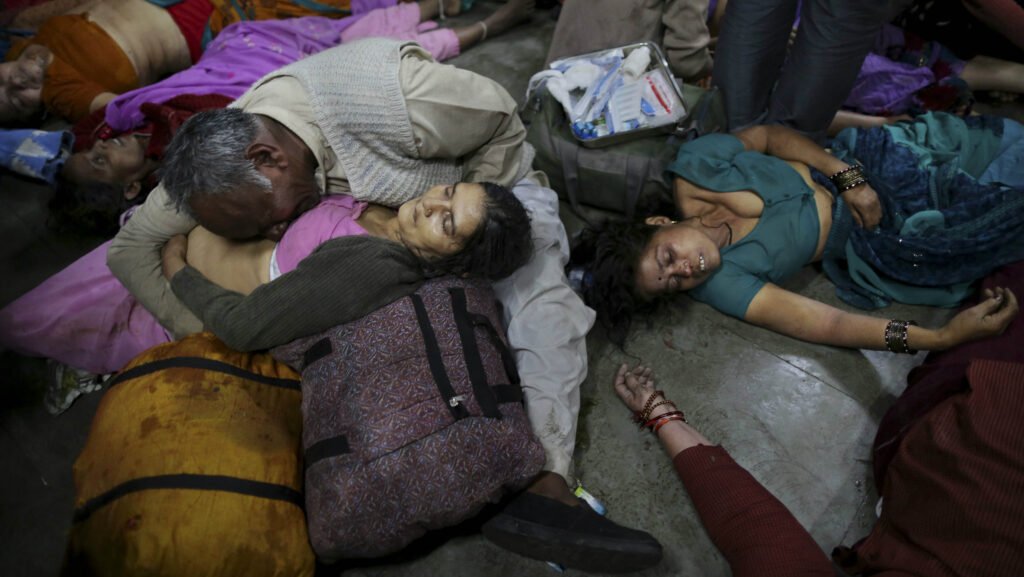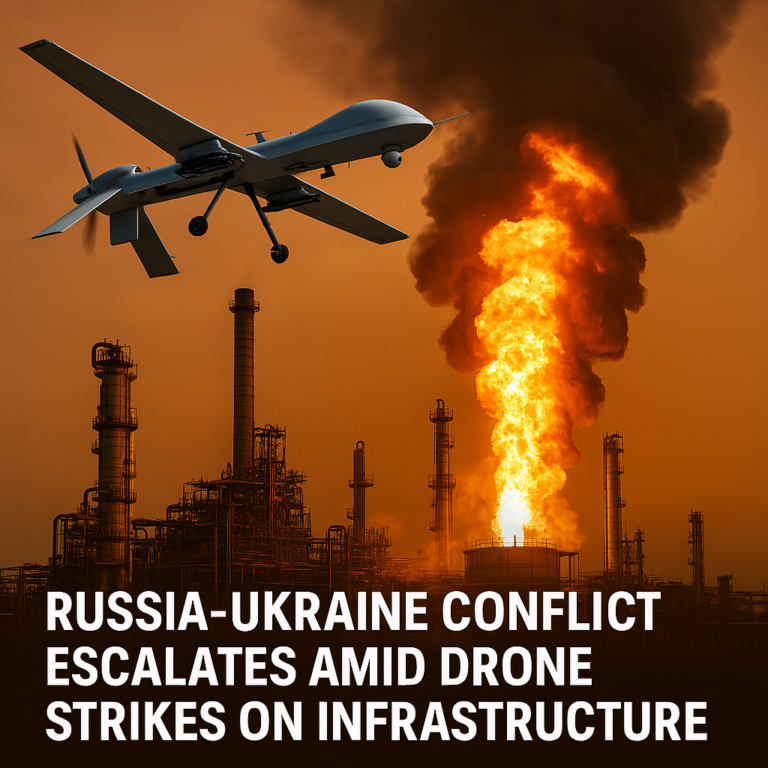
Over 39 people lost their lives in the tragic Kumbh Mela 2025 stampede in Prayagraj due to overcrowding.
Maha Kumbh Mela 2025 Stampede: 39 Dead in Prayagraj, What Went Wrong?
The Maha Kumbh Mela, one of the largest religious gatherings in the world, witnessed a tragic stampede on January 29, 2025, in Prayagraj, Uttar Pradesh. This devastating incident claimed at least 39 lives and injured dozens. Millions of Hindu devotees had gathered for a holy dip at the sacred confluence of the Ganges, Yamuna, and the mythical Saraswati rivers. The event, held every 12 years, attracts millions seeking spiritual cleansing. However, this year’s chaos raised concerns over crowd management and safety measures at such large-scale events.
What Led to the Kumbh Mela 2025 Stampede Tragedy?
Eyewitnesses and officials reported that the stampede began early in the morning. A security barrier collapsed, causing a sudden and uncontrolled rush toward the riverbanks. This unexpected movement led to panic among the devotees. Many victims, who were sleeping along the riverbank, were caught off guard by the chaos. Witnesses described people falling, pushing, and struggling to escape the dense crowd.
Authorities linked the tragedy to overcrowding and poor evacuation planning. Despite warnings about the high turnout and potential risks, crowd control measures fell short.

Casualties and Emergency Response in the Kumbh Mela 2025 Stampede
Rescue teams responded quickly. Local police, National Disaster Response Force (NDRF) personnel, and medical teams rushed to the site. The injured were transported to makeshift hospitals within the festival grounds and medical facilities in Prayagraj city. However, the sheer number of attendees made access difficult for first responders.
Prime Minister Narendra Modi and Uttar Pradesh Chief Minister Yogi Adityanath expressed condolences. They assured immediate assistance to the injured and the families of the deceased. Despite these efforts, concerns about the authorities’ preparedness in handling large gatherings persisted.
For a detailed report on a similar tragic religious gathering, read our coverage on Lord Venkateswara Swamy Temple Stampede.
Historical Precedents: A Recurring Problem
The Kumbh Mela has a history of fatal stampedes due to overwhelming crowds and insufficient safety measures.
- 1954 Prayag Kumbh Mela Stampede: One of the deadliest incidents, with nearly 800 deaths. Poor crowd management and infrastructure played a major role.
- 2013 Prayagraj Kumbh Mela Stampede: A rush at the railway station led to 42 deaths as thousands attempted to board trains simultaneously.
- 2019 Kumbh Mela Stampede Concerns: Though no major casualties occurred, minor stampedes and overcrowding caused injuries.
Recurring incidents highlight the persistent challenges in crowd management.
For more insights, refer to the National Disaster Management Authority (NDMA) guidelines on handling mass gatherings.
Government Reaction and Criticism After the Kumbh Mela 2025 Stampede
The government faced severe criticism for failing to prevent the disaster. Many questioned why previous experiences did not lead to stronger safety measures. Critics pointed out that while millions were spent on beautification projects and event publicity, essential crowd management strategies were neglected.
Political leaders and activists demanded accountability. They called for stricter safety measures to prevent future tragedies. Many questioned whether authorities underestimated the risks associated with the sheer scale of the event.
For official safety advisories and policies on religious gatherings, visit the Ministry of Home Affairs, India.

Safety Measures and Future Considerations for Kumbh Mela Stampede Prevention
To prevent future disasters, experts recommend the following safety measures:
- Better Crowd Flow Management – Authorities must regulate and monitor crowd movement efficiently. Real-time data analytics and crowd prediction models can help.
- Advanced Surveillance Technology – Drones, AI-powered monitoring systems, and CCTV cameras should track large gatherings. Early detection of risks can prevent escalation.
- Improved Evacuation Routes – Emergency pathways with clear signage must be established. They should facilitate quick and safe evacuations.
- Stronger Barricade Management – Temporary structures and barricades should be designed to withstand large crowds. Regular safety inspections are essential.
- Public Awareness Campaigns – Educating pilgrims on safety protocols, emergency exits, and crowd behavior can reduce panic-driven stampedes.
- Regulated Entry Points – Authorities should enforce scheduled timings for pilgrim groups. This can prevent overcrowding and ensure orderly movement.
For best practices in public event safety, refer to the World Health Organization’s (WHO) Mass Gathering Guidelines.
The Road Ahead: Can Kumbh Mela Stampedes Be Prevented?
The 2025 Kumbh Mela stampede serves as a wake-up call. While authorities have taken steps to improve safety, repeated tragedies suggest stronger action is needed.
Religious gatherings like the Kumbh Mela are deeply significant in Indian culture and spirituality. However, they must prioritize human life. The lessons from this disaster should drive policymakers, religious leaders, and law enforcement to create a foolproof crowd management strategy.
Investigations into the incident continue. The government must reassess event policies and implement stronger safeguards. Future Kumbh Melas must remain places of spiritual awakening, not tragic loss.





2 thoughts on “Kumbh Mela 2025 Stampede: Claims 39 Lives in Prayagraj”